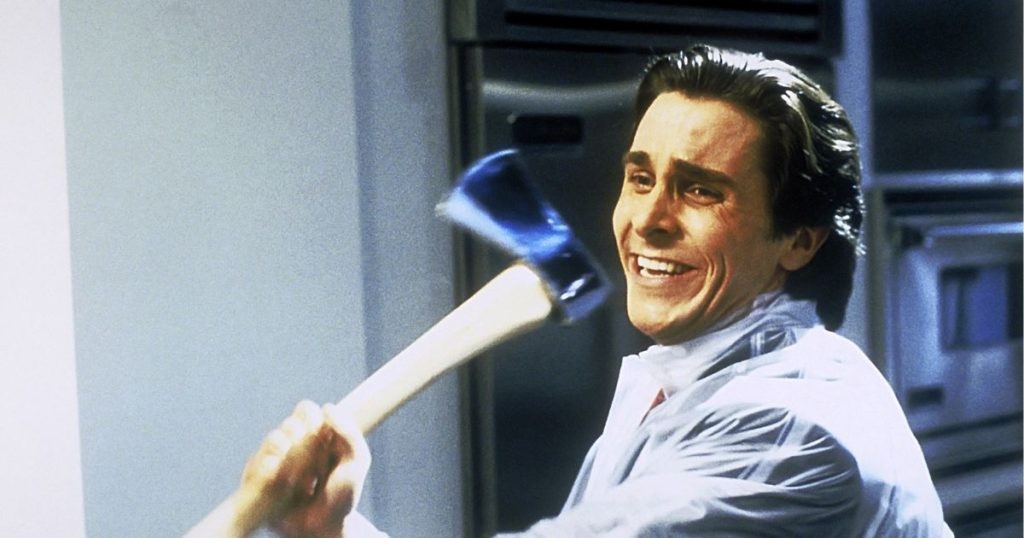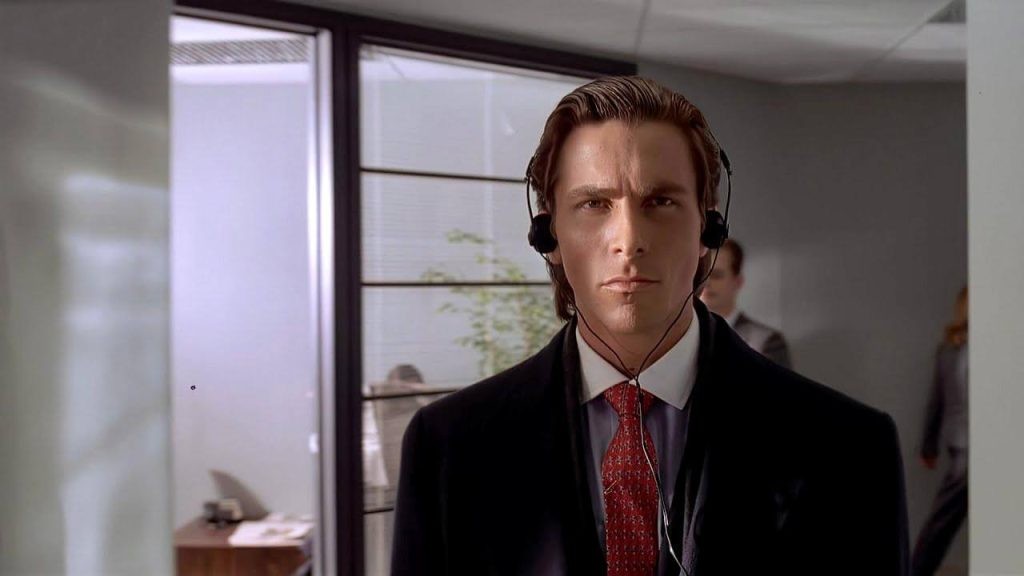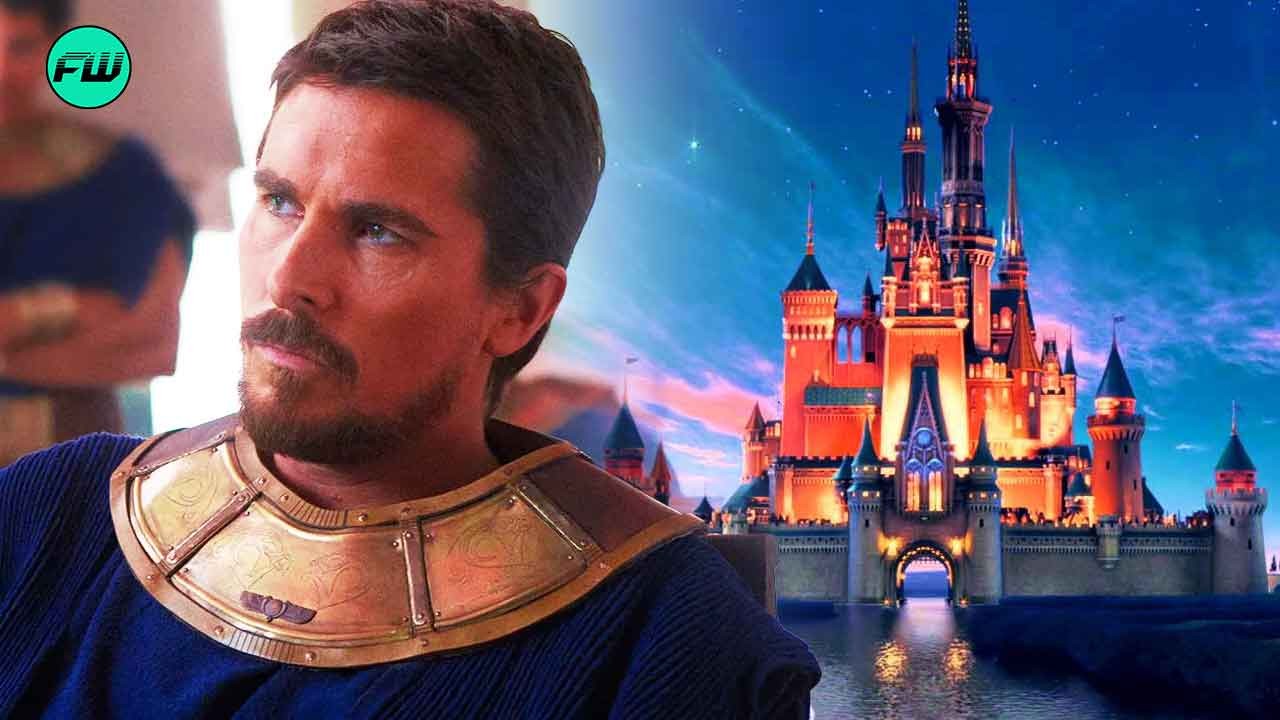Product placements have been a thing in movies for decades, as companies are often enticed to link themselves with popular IPs to boost brand recognition. However, this isn’t always the case, as there have been instances when brands have tried to distance themselves from certain projects, which delves into more controversial subjects.
Similar was the case for American Psycho, as Rolex was against Patrick Bateman wearing their watch due to the character’s actions, forcing the creators to change one quote from the book.
Rolex Didn’t Want to Associate Themselves With Patrick Bateman

In Bret Easton Ellis’ book, Patrick Bateman wears a Rolex Datejust, which is mentioned 26 times throughout the novel, including the time when he’s in bed with two prostitutes, and delivers the line: “Don’t touch the Rolex”. But in the Mary Harron-led adaptation, starring Christian Bale, it’s replaced with the quote “Don’t touch the watch”.
The reason behind it was Rolex’s refusal to let Bateman wear their watch, but they did agree to let other characters wear them in the film. But Rolex wasn’t the lone brand that wasn’t onboard to associate themselves with the psychotic killer, as other notable brands, including Calvin Klein and Comme des Garçons, pulled out too.
Christian Bale Took Inspiration From Tom Cruise for American Psycho

According to Mary Harron, Tom Cruise served as a massive inspiration for Christian Bale‘s Patrick Bateman. After a lot of talks with the actor over the phone, Harron recalled that Bale eventually came up with the idea of using Cruise’s real-life interviews as the basis for Bateman’s mannerisms.
Bale found the Mission: Impossible star’s intense friendliness “with nothing behind the eyes” perfectly fitting for his character, who became synonymous with the executive style.

Harron recalled:
“It was definitely a process. We talked a lot, but he was in L.A. and I was in New York. We didn’t actually meet in person a lot, just talked on the phone. We talked about how Martian-like Patrick Bateman was, how he was looking at the world like somebody from another planet, watching what people did and trying to work out the right way to behave. And then one day he called me and he had been watching Tom Cruise on David Letterman, and he just had this very intense friendliness with nothing behind the eyes, and he was really taken with this energy.”
While American Psycho wasn’t a colossal success upon its release, it did end up making a decent collection, grossing over $34 million on a budget of $7 million. Moreover, the film would eventually go on to garner a cult following after hitting the physical market in 2005.
American Psycho is available to stream on Peacock.




